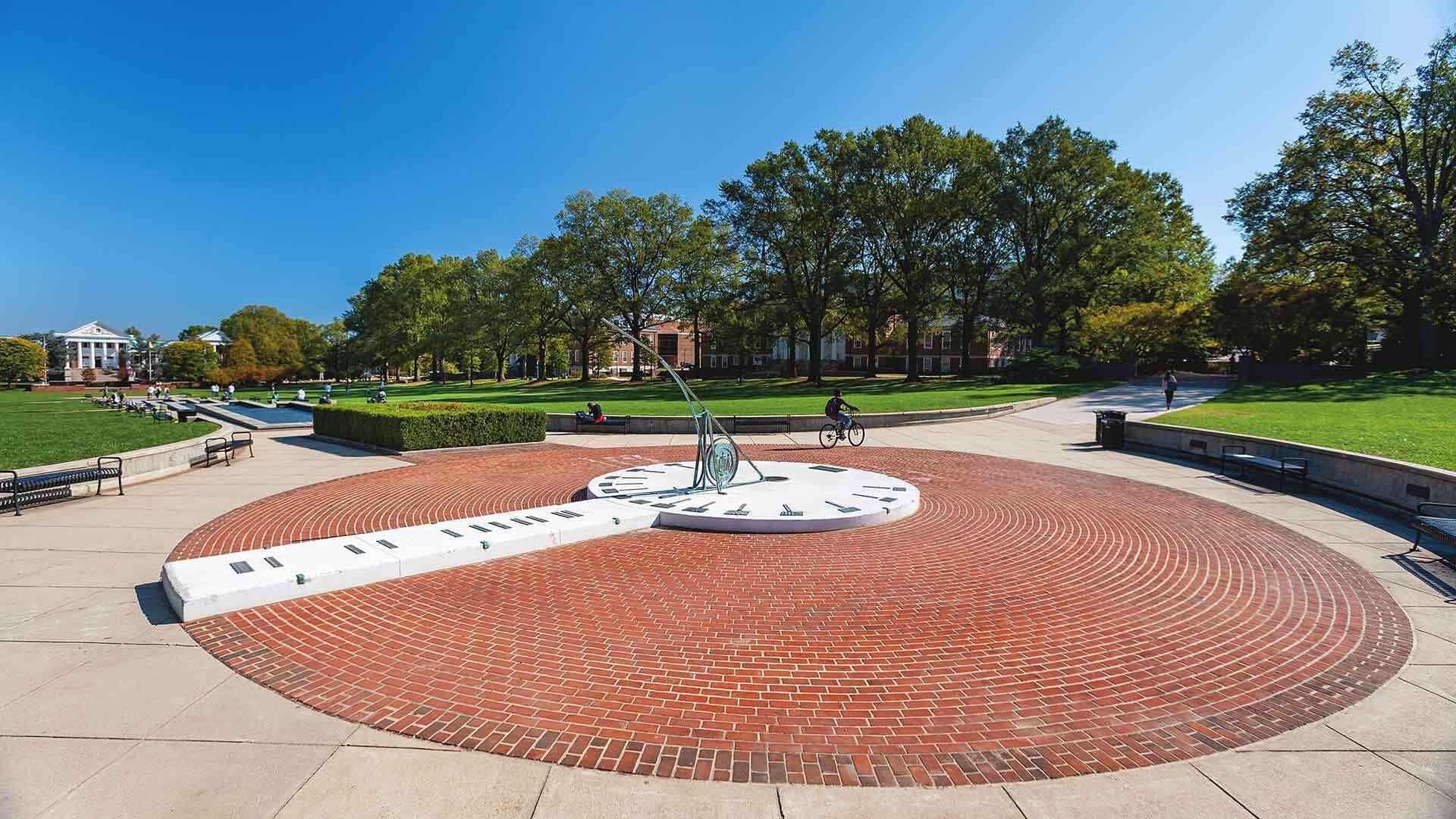- July 14, 2021
- By Maryland Today Staff
Five rising University of Maryland juniors are recipients of 2021 National Oceanic and Atmospheric Administration (NOAA) Ernest F. Hollings Scholarships, which recognize exceptional students in a broad range of STEM fields.
Since 2009, 47 UMD students have been awarded Hollings Scholarships, which provide about 120 students nationwide up to $9,500 in academic assistance for two years of study, plus a 10-week, full-time paid internship at a NOAA facility during the summer.
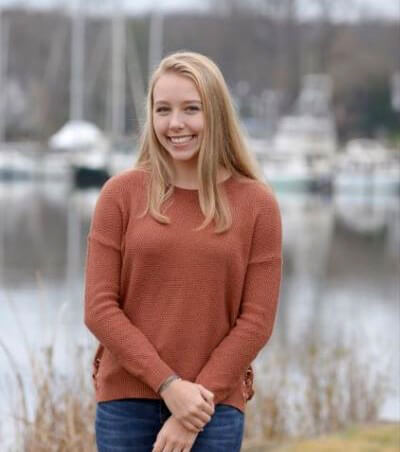 Reese Barrett, a chemical and biomolecular engineering major, is conducting research in Professor Akua Asa-Awuku's lab on the potential for weather conditions to affect incidence of Legionnaire’s disease, a type of pneumonia caused by Legionella bacteria.
Reese Barrett, a chemical and biomolecular engineering major, is conducting research in Professor Akua Asa-Awuku's lab on the potential for weather conditions to affect incidence of Legionnaire’s disease, a type of pneumonia caused by Legionella bacteria.
Barrett is examining the effects of precipitation, humidity, temperature and latitude on average case counts and trying to discern patterns in the data.
"I’m hoping to finish my data analysis and compile my work into a paper in the next few months,” she said. “For my junior year, I'm looking to combine my chemical engineering major with my minor in some form, but my research topic is still under development."
The sustainability studies minor has also interned for several summers, beginning as a high school student, at the Johns Hopkins University Applied Physics Laboratory.
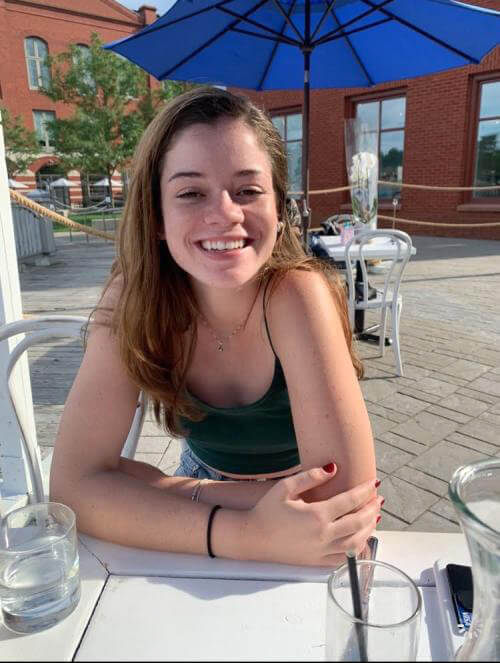 Environmental science and policy major Julia Kischkat is focused on combining her love for the environment with her interest in politics and policy. She’s interned this year with the U.S. Department of Energy, and hopes the Hollings Scholarship will provide a further opportunity to roll up her sleeves and immerse herself in research that could help shape a career path.
Environmental science and policy major Julia Kischkat is focused on combining her love for the environment with her interest in politics and policy. She’s interned this year with the U.S. Department of Energy, and hopes the Hollings Scholarship will provide a further opportunity to roll up her sleeves and immerse herself in research that could help shape a career path.
“I want to gain as many hands-on experiences as possible to figure out what I want to do,” Kischkat said. “I just have an appreciation for our world and nature and everything it gives us. I have realized that a lot lately, especially during quarantine.”
Kischkat first became interested in environmental science while completing a research project at her high school in Westchester, New York on how human behavior impacts fish populations in the Amazon. A service trip to the Peruvian Amazon reinforced her passion for protecting the planet.
“I came back with a different mindset and wanting a career or path that embodies that,” she said.
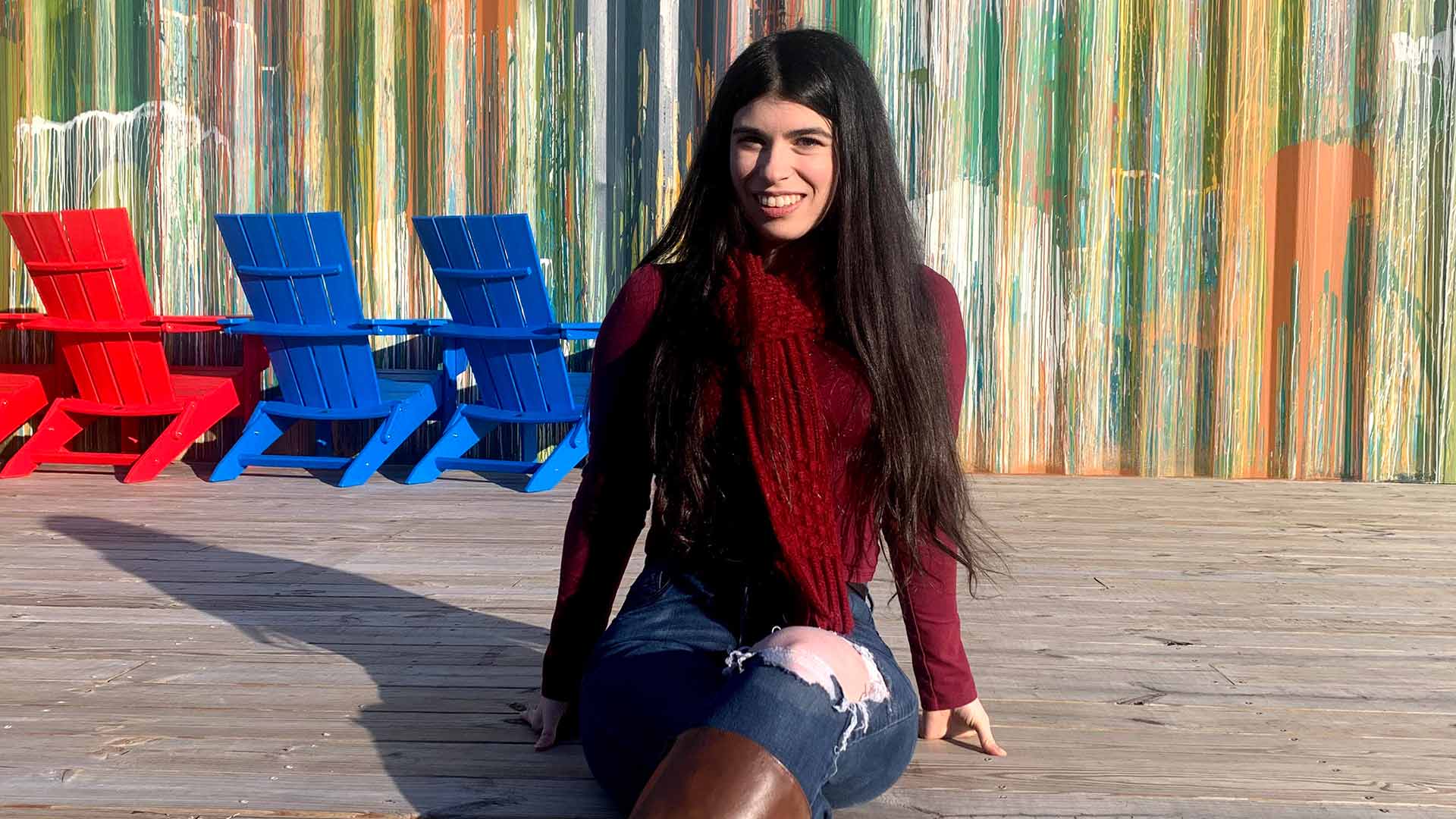 The interdisciplinary nature of planetary science drew Siobhan Light, an astronomy and geology dual-degree student, to the field.
The interdisciplinary nature of planetary science drew Siobhan Light, an astronomy and geology dual-degree student, to the field.
“Planetary science brings in astronomy, physics, geology, atmospheric science and so many different fields together,” Light said. “And I realized I don’t have to trade one of my interests for another; I can find an intermediate path between space and Earth.”
She interned with the National Museum of Natural History and the Johns Hopkins University Applied Physics Laboratory in high school and at NASA’s Goddard Space Flight Center during college. Each experience, including her on-campus research with the UMD Department of Geology, further solidified her passion for planetary science.
Light’s research with NASA involves analyzing data from Titan, the largest moon of Saturn and second-largest natural satellite in the solar system. She measures Titan’s winds and compares measurements to form a more complete timeline of wind developments on the moon.
 Biological sciences and government and politics dual-degree student Yulia Lim became interested in meteorology her freshman year through the weather and climate track in Carillon Communities, a one-year living-learning program where she took a class with Tim Canty, associate professor of oceanic and atmospheric science.
Biological sciences and government and politics dual-degree student Yulia Lim became interested in meteorology her freshman year through the weather and climate track in Carillon Communities, a one-year living-learning program where she took a class with Tim Canty, associate professor of oceanic and atmospheric science.
In 2020, Lim joined him and Ralph Kahn, senior research scientist at NASA Goddard, on their ongoing Active Aerosol Plume-Height (AAP) project. Lim’s work focuses on the 2020 wildfires in Siberia and California. Using a program developed by the AAP team at NASA, she downloads satellite imagery and reviews it for signs of wildfires. Once she identifies a wildfire by the smoke plume, she examines and analyzes the plume. Lim also branched out on her own to use satellite imagery to examine how certain types of clouds affect the warming of the planet.
“A successful career for me is that whatever I choose, I can make an impact in helping our climate,” Lim explained. “Whether it be helping conserve the oceans or protecting marine eco-life, I have always been very interested in marine conservation.”
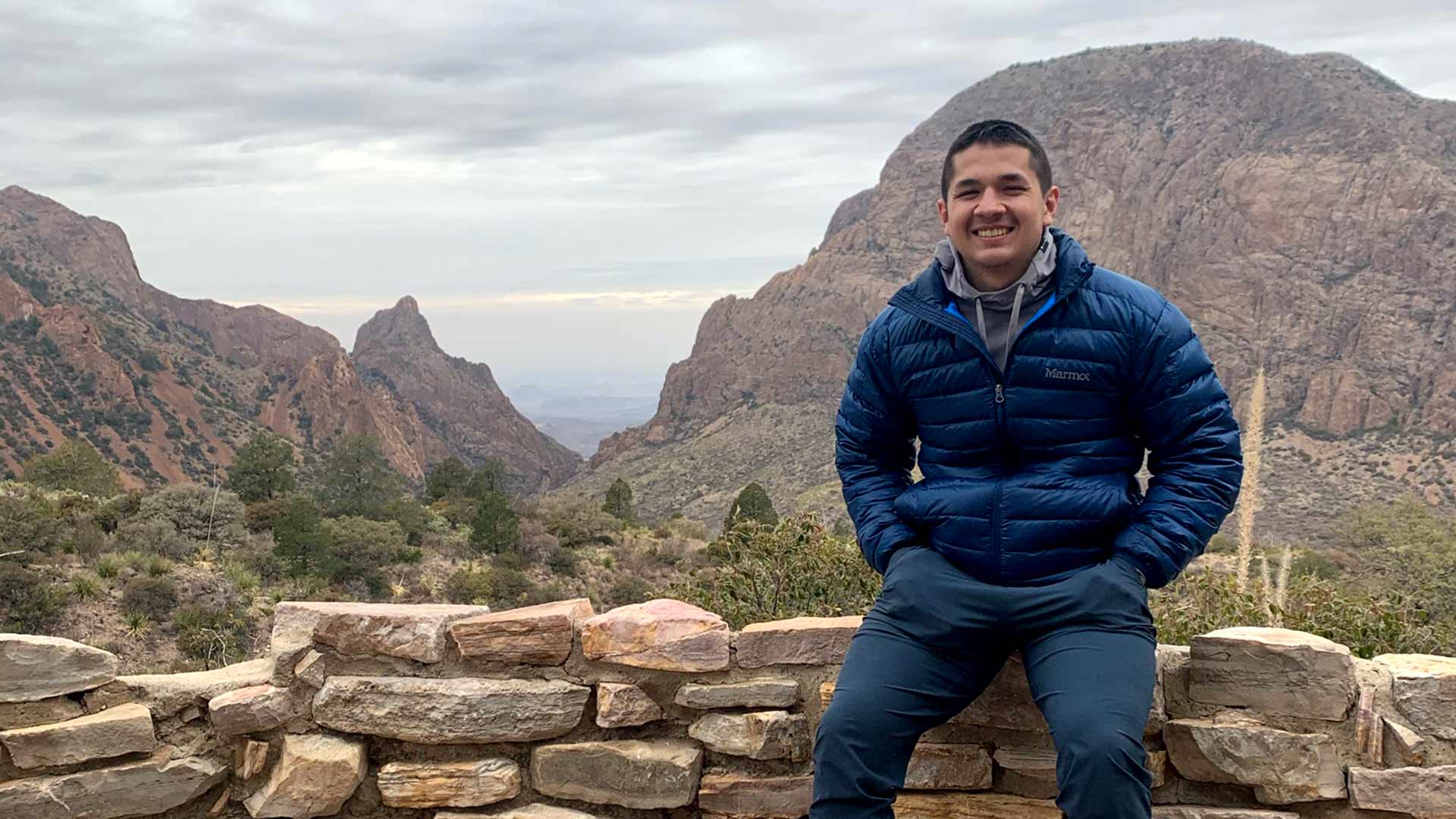 Eric Robinson, a computer science and geographical sciences dual-degree student, plans to apply his coding skills in Earth studies to preserve wildlife and the natural environment.
Eric Robinson, a computer science and geographical sciences dual-degree student, plans to apply his coding skills in Earth studies to preserve wildlife and the natural environment.
Word of his Hollings Scholarship came just a couple of weeks after he learned that he was also selected for the 2021 William M. Lapenta NOAA Student Internship Program—setting him up to intern with NOAA for back-to-back summers in 2021 and 2022.
This summer, Robinson is creating a visualization package for the marine component of a new climate model, the Joint Effort for Data assimilation Integration. The marine component of the model is less developed than the atmospheric side, so Robinson is writing original code to simulate and predict the temperature, currents and salinity of the ocean.
“The goal is that once the model is able to pop out a daily weather forecast based on the packages I’ve written, in three minutes, they can create a bunch of different visualizations,” Robinson said. “Those visualizations help NOAA inform the public so they can see things more clearly instead of just a bunch of numbers in the forecast.”
